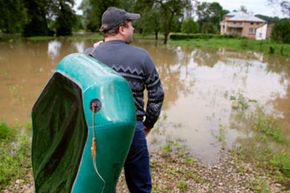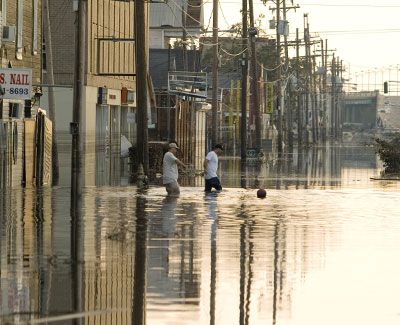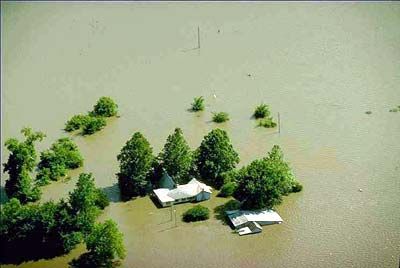The town of Wilmington is the quintessential Vermont burg. Located in the southern part of the state near Mount Snow, Wilmington bustles during the winter, summer and fall. Each morning, diners, both local and otherwise, savor the inch-thick blueberry pancakes dripping with local maple syrup at Dot's Diner. Down the road at Al Wurzberger's 1836 Country Store, tourists fill shopping bags with tasty cheddar, mouth-watering fudge and even cuckoo clocks. Each summer, gardeners line Main Street with hanging baskets of flowers.
It's a wonderful place to spend an afternoon, a summer, a lifetime. That is until the flood of 2011 washed almost everything away. In August, hurricane-turned-tropical-storm Irene pounded Wilmington with heavy rain. The Deerfield River, as tame as a river can be, overflowed its bucolic tree-lined banks, sending a torrent of water racing downstream. At Dot's, located steps away from the Deerfield, water reached up to the building's second floor, not an easy feat. Stores and restaurants became muddied and waterlogged.
Advertisement
Wilmington wasn't alone. All across Vermont, flash floods tossed houses around like cord wood. Covered bridges, which stood for hundreds of years, became floating debris. When the water receded and the clean up began, many Vermonters found their homeowners insurance would not pay for the damage. Instead, they needed special flood protection provided by the National Flood Insurance Program (NFIP). Only 3,673 homeowners in the entire state had flood insurance [source: Jewell].
Run by the Federal Emergency Management Agency (FEMA), NFIP helps homeowners and renters rebuild after a flood occurs. Most insurance companies do not provide flood insurance on their own. The risks are too great. As a result, the government subsidizes the program and homeowners buy flood insurance through a private company. Go to the next page to find out how it works.
Advertisement



